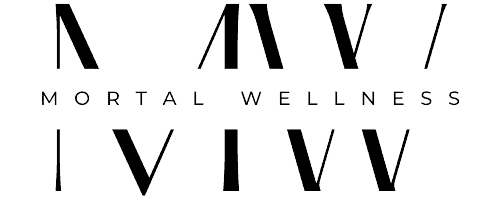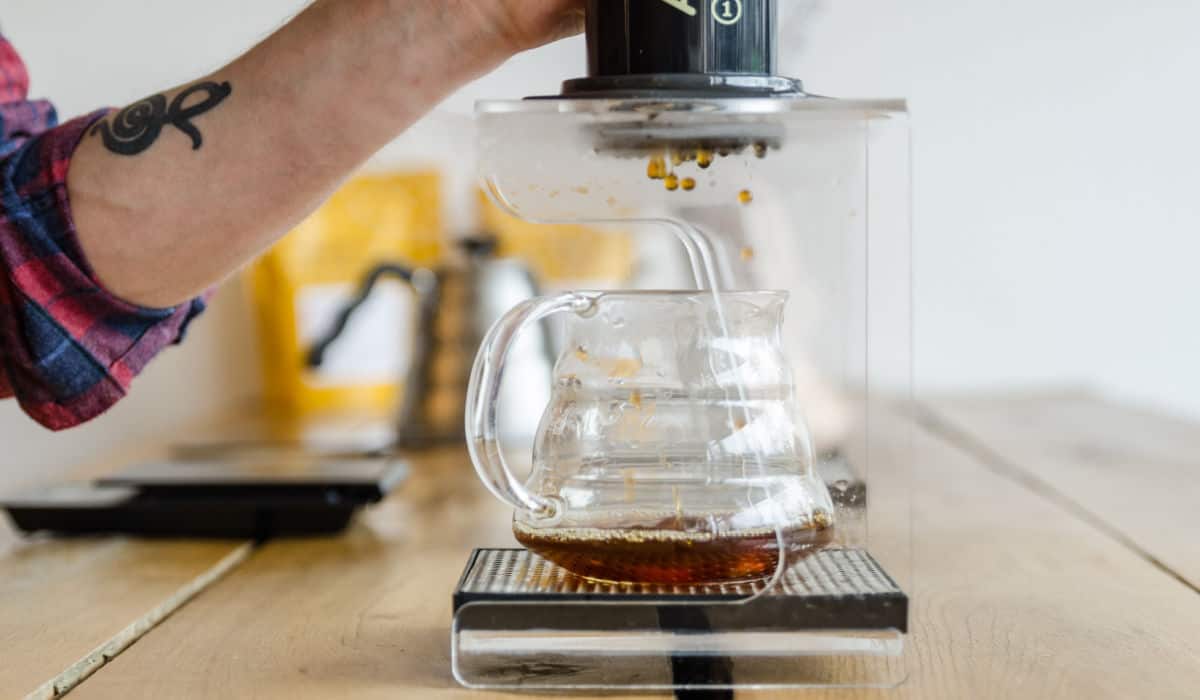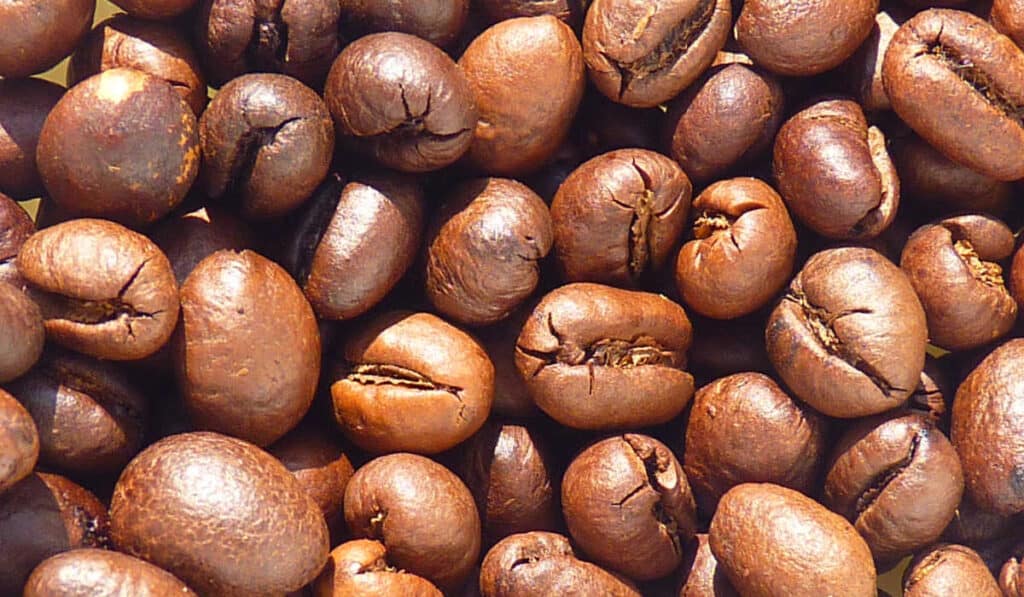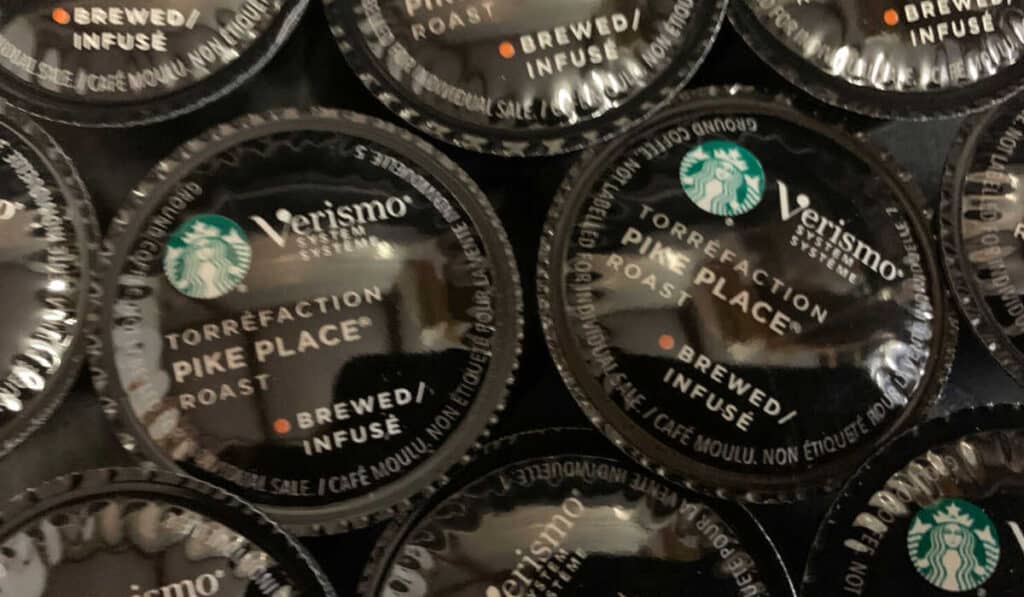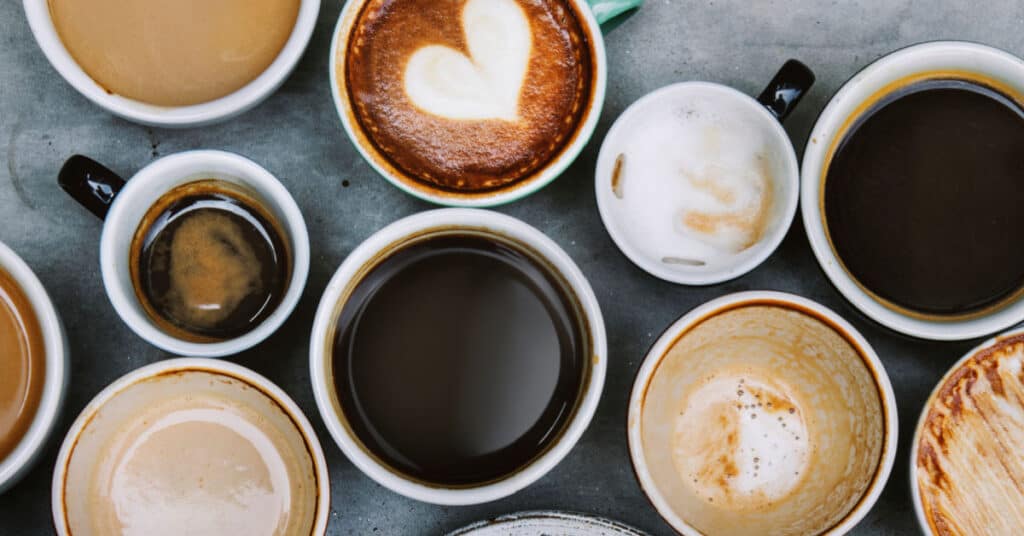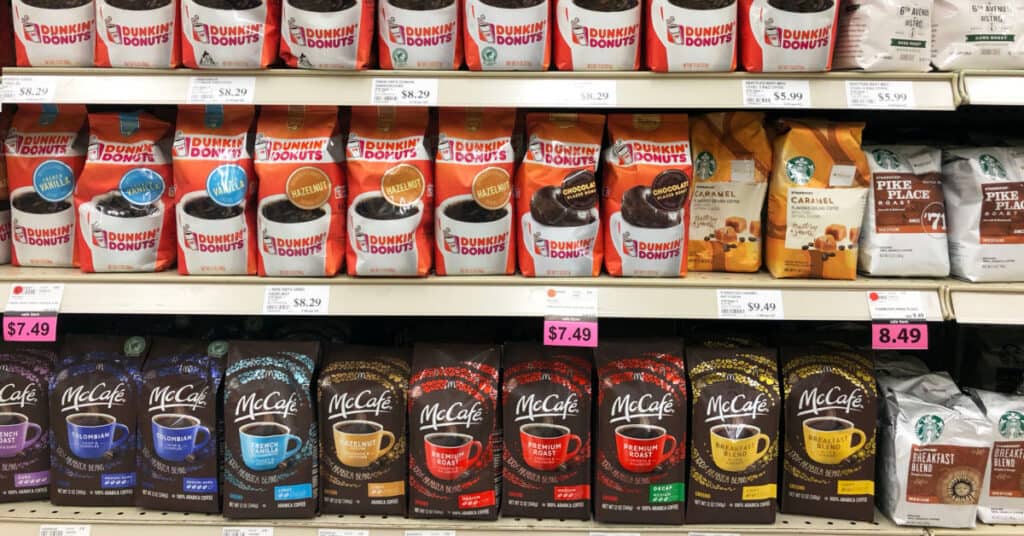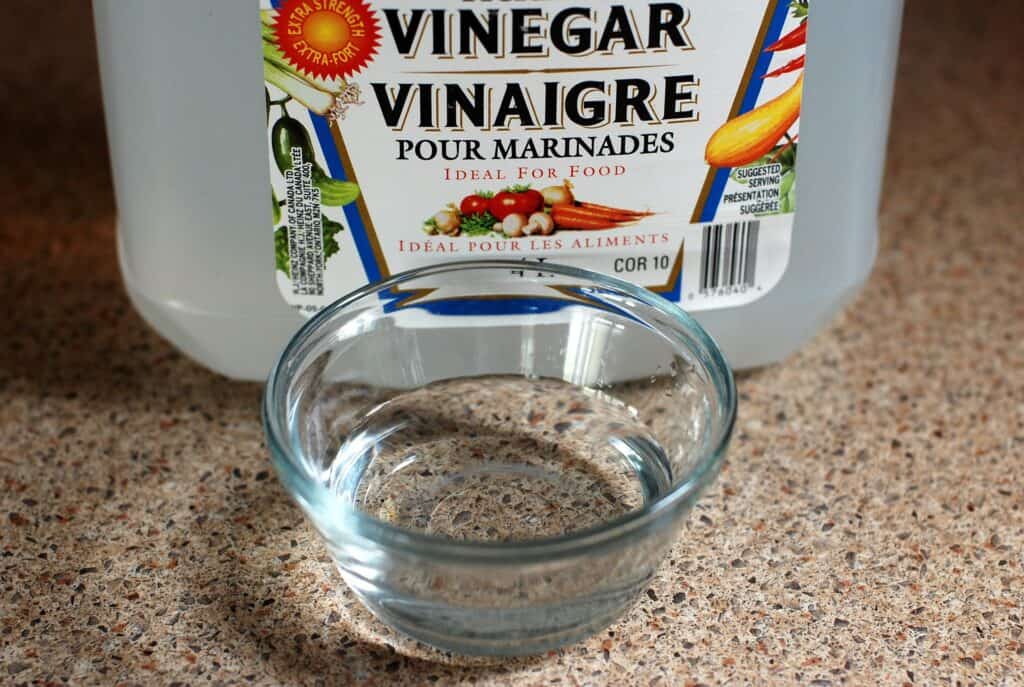As an Amazon Associate I earn from qualifying purchases.
In your quest for the perfect coffee, you’ve probably considered many different brewing methods. But one of the most popular debates is between pour-over coffee vs. drip. Both methods will provide you with a satisfying, steaming cup of joe. But which one is the better way to kick off your morning?
Let’s face it: right after you wake up, you are probably tempted to shove some coffee in a filter, throw it in your coffee maker, hit a few buttons, and wait for your sweet, sweet wake-up juice. This is known as the drip method. But pour-over coffee has numerous perks you should consider — especially if you only have a mid-range drip machine and want some great-tasting coffee.
Before you decide whether pour-over coffee vs. drip is better, you need to understand the basics of both methods. Both are relatively fast. Both will make a decent cup of coffee if you know what you are doing. But each method has its own positives and negatives.
Drip Coffee (What Everybody Does…)
If you’re anything like me, you’re useless in the morning until you’ve had at least one cup of coffee. While I’d love to always prepare my favorite — a cup of Death Wish, a shot of Espresso made with Red Goat, and a little bit of milk and white chocolate syrup — that’s a lot of work while I am still trying to figure out the “open” function on my eyelids.
So I wander half-blind to “Old Faithful,” groggily shove some ground beans in a filter, stab some buttons with my finger, and brew a quick cup of coffee. After all, that fancy stuff can wait for Cup Two. You probably have joined me in some variation of my morning ritual. What I just described is the half-awake use of a drip coffee machine.
So, Why Do People Like Drip-Coffee Machines?
What folks like the most about these machines is the level of convenience they provide. If you don’t want to go through the ritual of making coffee in the morning, you can load the machine the previous night and set the timer. You’ll wake up to a fresh pot of coffee.
You’ll often find some extra features on these machines, like a “hot water” function for tea or the ability to brew your coffee directly into a travel mug.
Also, this is perhaps the second-most low-effort method of making coffee, next to “pod” machines like Keurigs. If you’re a busy person, you can’t pass up the ability to push a few buttons and come back to a pot of coffee.
The Problems With Drip-Coffee Machines
While you can control aspects of your coffee like the quality of water you use and often the strength at which the machine will brew, you don’t have many customization options where the coffee itself is concerned. Other methods allow you to experiment a bit to find the perfect cup of coffee.
You’ll also notice that many of the lower-priced drip machines do not brew coffee at the recommended 195 to 205 degrees Fahrenheit. To complicate matters, you probably have no way to increase your machine’s performance to reach that optimal temperature. Many automatic brewers also lack the ability to distribute water evenly over the grounds. That leaves you with sub-par coffee.
Drip coffee machines are mold magnets, so you’ll want to clean your coffee maker with vinegar on a regular basis. That means, of course, dealing with the smell of hot vinegar on a regular basis.
What Is a Pour-Over Coffee Maker Anyway?
A pour-over coffee maker is exactly what it sounds like: you grind your beans then pour hot water over them to make your coffee. But it’s a far more complex process than it seems.
First, you need to heat some water to 205 degrees Fahrenheit. Then you’ll grind about 5 tablespoons of coffee to an almost fine powder. After that, you’ll apply a filter to a cone that sits atop a carafe. You’ll probably want a scale because once you begin pouring, you’ll want to be aware of some measurements. Over time, you will develop the “pouring” technique that is right for you. Peet’s Coffee has a great guide if you want to explore the process in more detail.
That might seem like a lot of trouble for a cup of coffee. But it’s delicious. And it’s a great way to impress guests once you get the method nailed down.
What’s So Great About Pour Over Coffee?

A pour-over coffee maker doesn’t involve a lot of moving parts, so they will last you forever. Unlike drip machines, parts are very easy to clean. They are also very inexpensive compared to decent drip machines.
Perhaps one of the most popular aspects of pour-over coffee vs. drip is that you have complete control over the strength of your coffee. You determine the exact speed and coverage of your pour. These affect the flavor profile of your drink.
You also determine the coarseness of the grind, which has an impact on flavor and strength as well. The finer the grind, the more time it will take for water to pass through your coffee. Therefore, a coarser grind will produce less strong coffee. It will also absorb less flavor from the beans.
The Drawbacks Of Pour-Over Coffee
While you’ll be able to produce a stronger and more flavorful brew with pour-over coffee vs. drip, we hope you aren’t in a hurry. Setup time for this venture will far exceed the speed of tossing your coffee in a machine and hitting a button. You’ll find a higher level of personal involvement in making pour-over coffee vs. drip. All of this makes for a longer brewing process overall.
Pour Over Coffee vs. Drip: Which Is Better?
The answer to this question depends largely on your needs. If you’re in a hurry, you can make a decent pot of coffee with a drip coffee maker. If you are willing to spend a little money, you can make an excellent pot. Of the two methods we discussed, drip coffee is the faster method. So you’ll probably find yourself doing this more often than making pour-over.
But of course, a drip coffee machine has its issues. They’re notoriously hard to keep clean, attract mold, and make it difficult to make truly “good” coffee. If convenience is important to you when you’re considering pour-over coffee vs. drip, then drip is the pure winner.
On the other hand, pour-over coffee will almost invariably taste better. The machines are cheaper and you have more control over the flavor and strength of your coffee.
But all good things come with a cost, and pour over coffee is no different. There’s a lot of preparation work involved, so whether or not the extra time investment is worth it is up to you.
Conclusion
Ultimately, only you can decide which brewing method you prefer. If you’re consistently in a hurry, the simplicity of drip coffee may be attractive to you. If you have the time, or if you’re more serious about your coffee than the average person, you’ll want to pick up a pour-over coffee maker.
